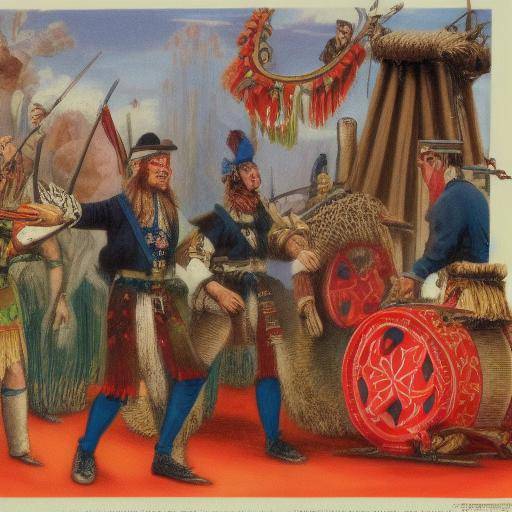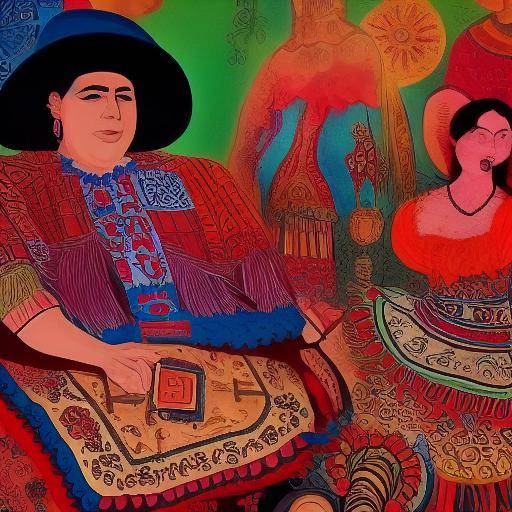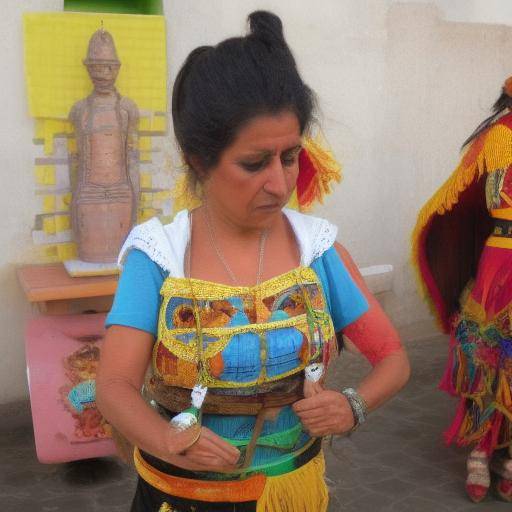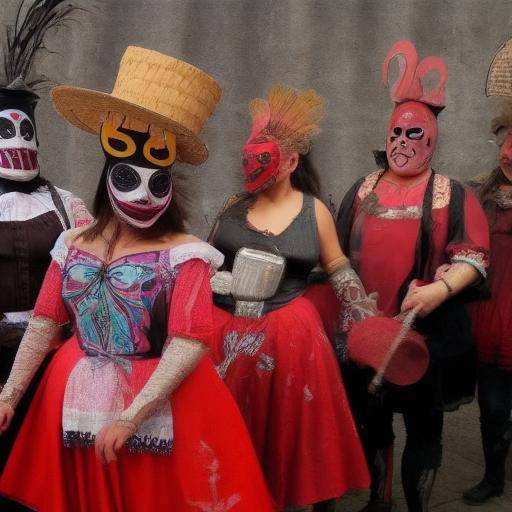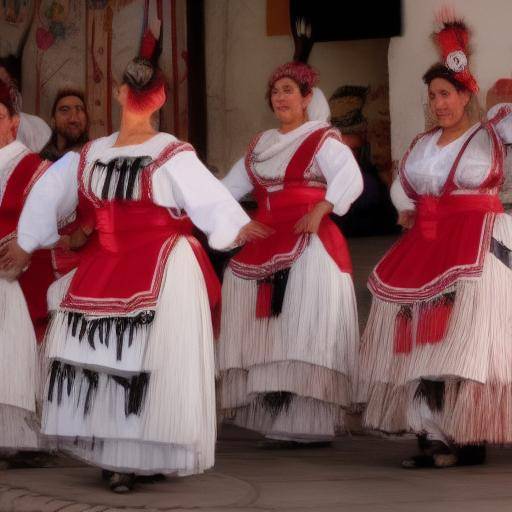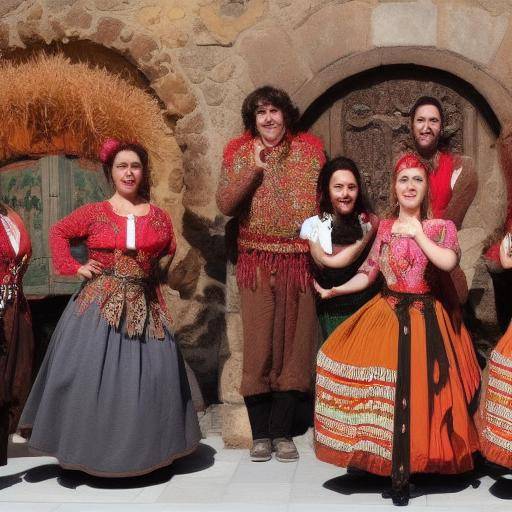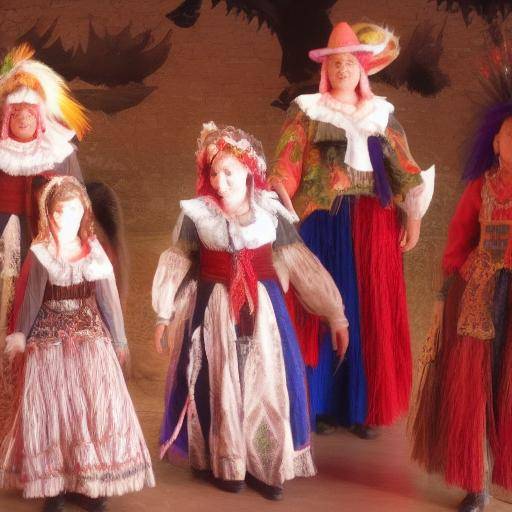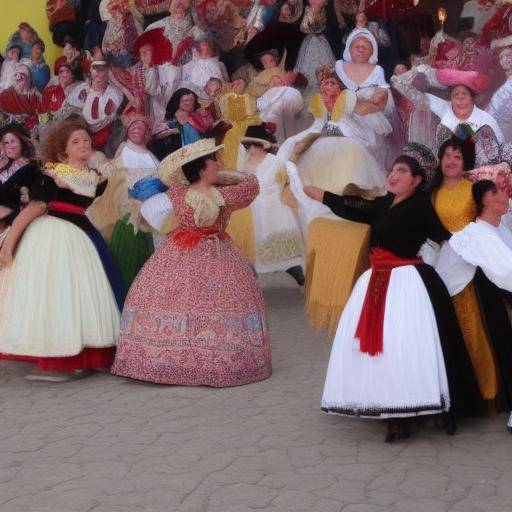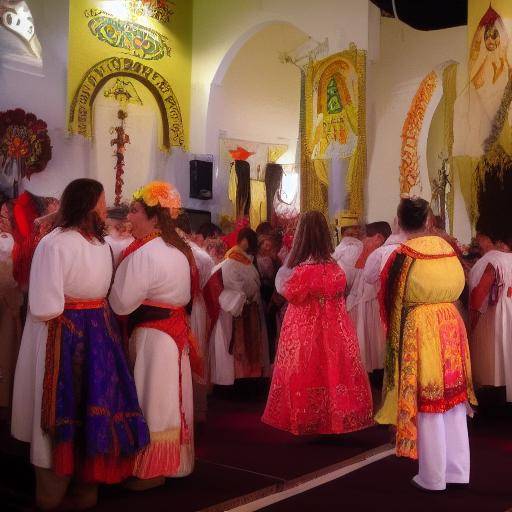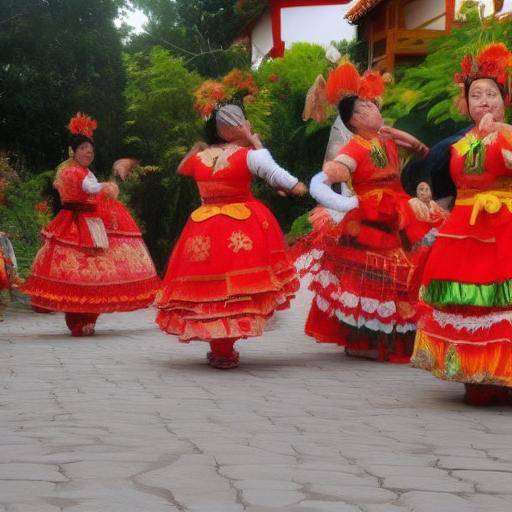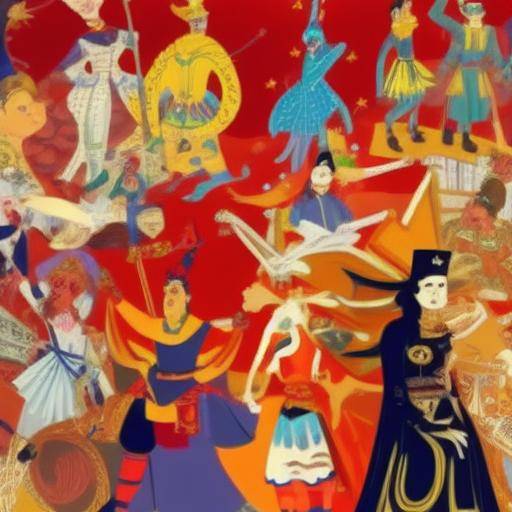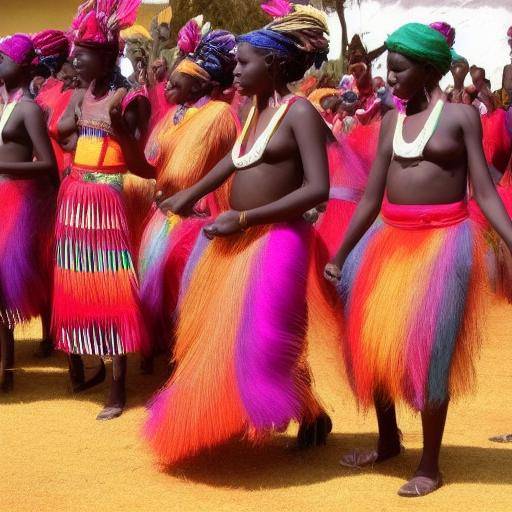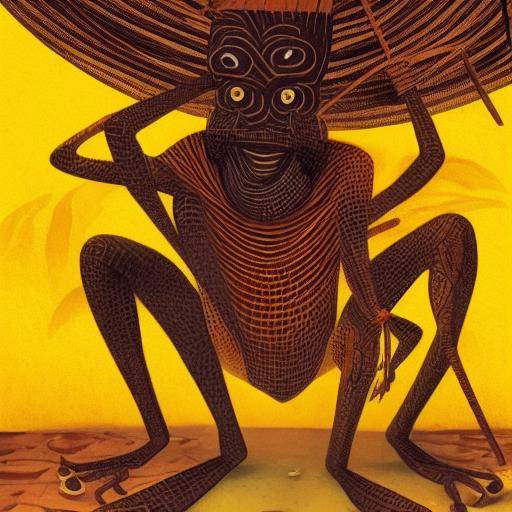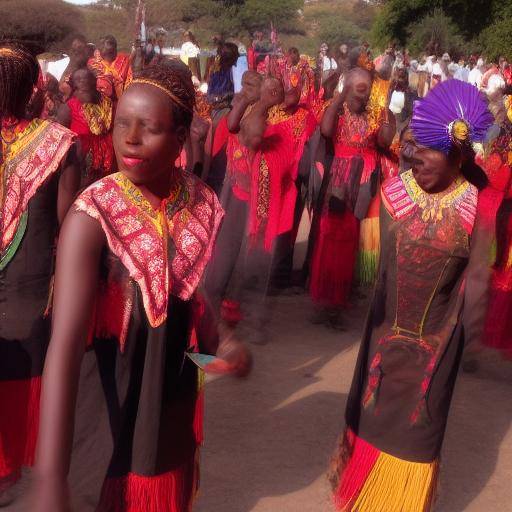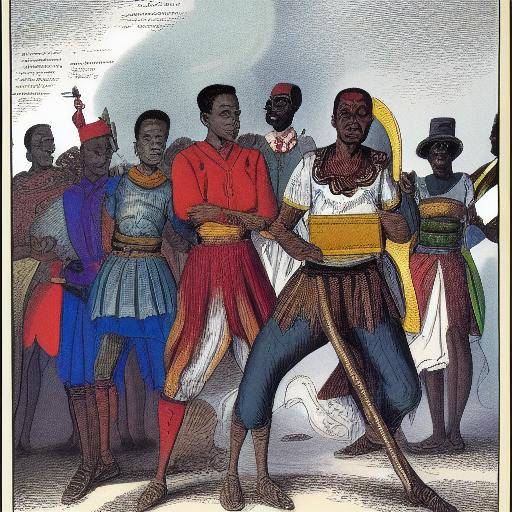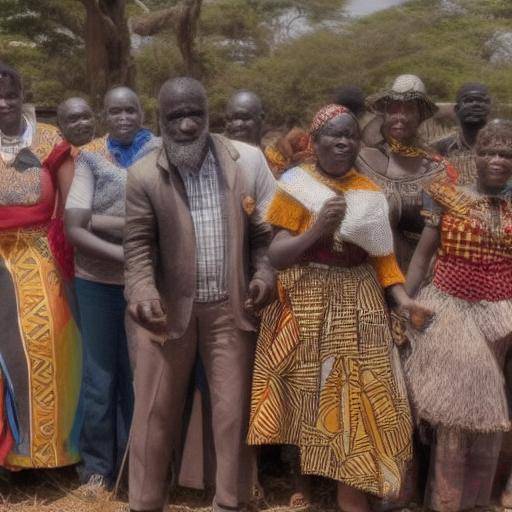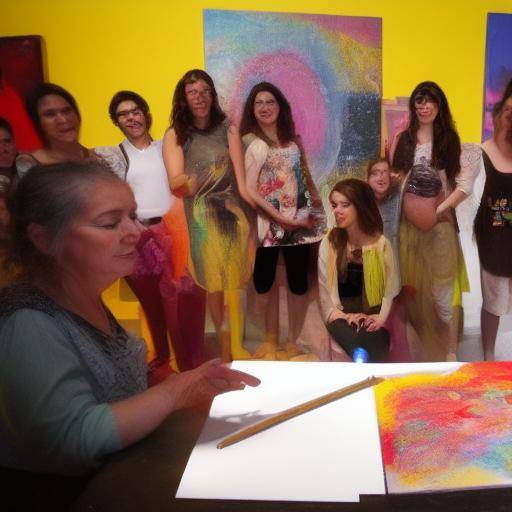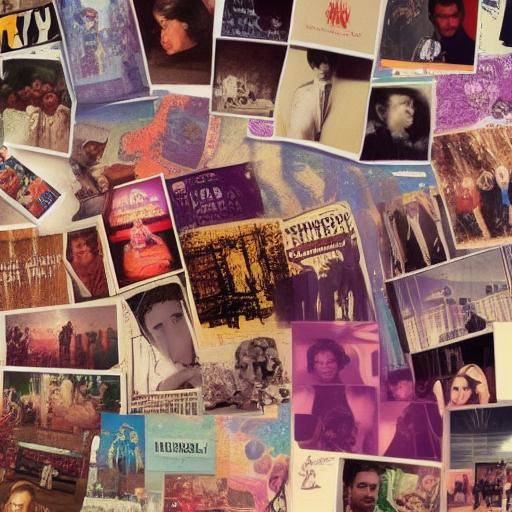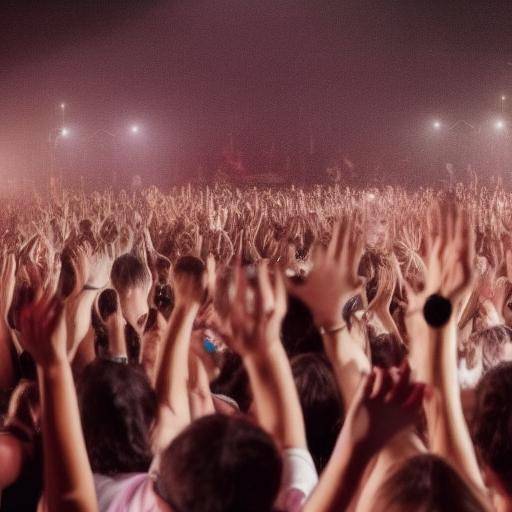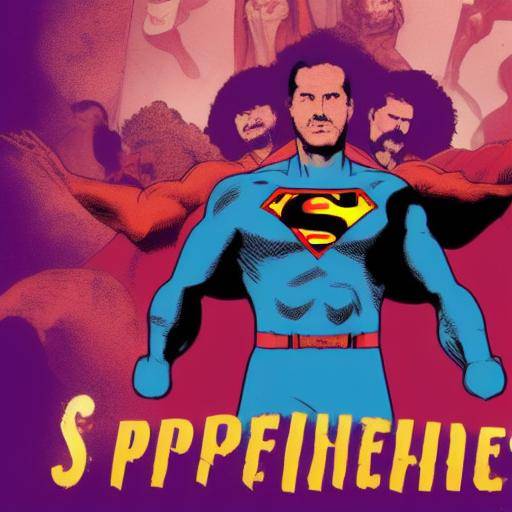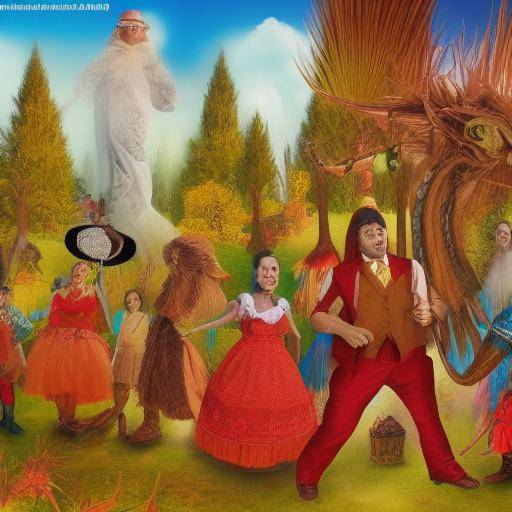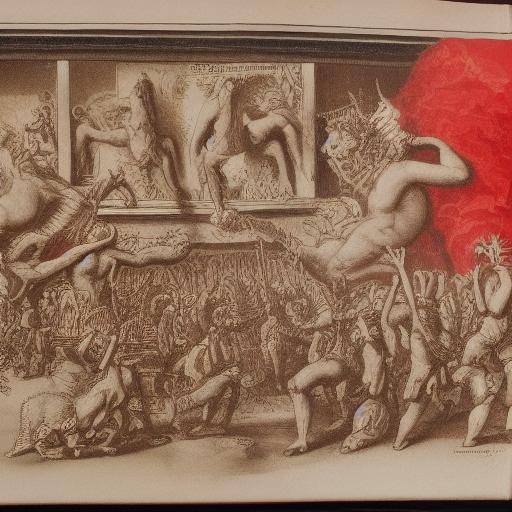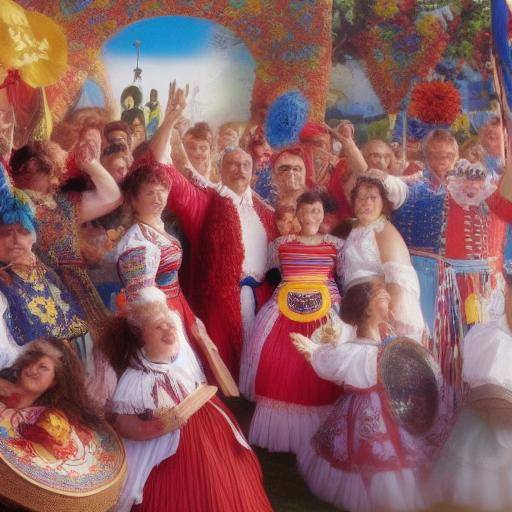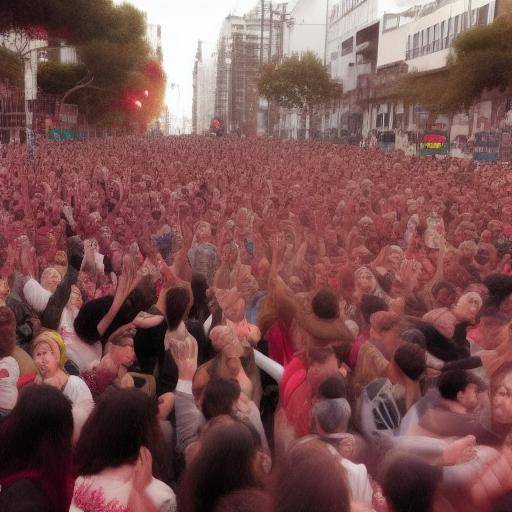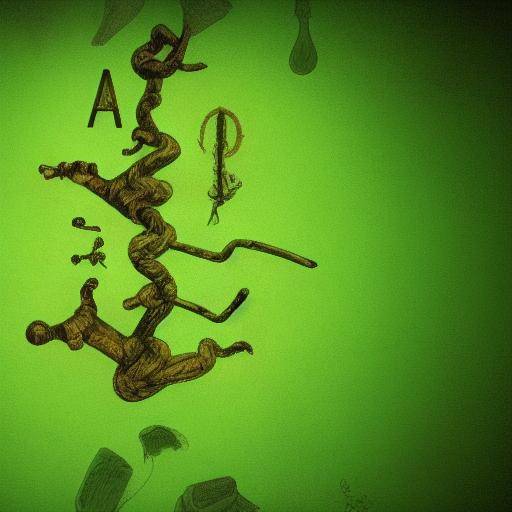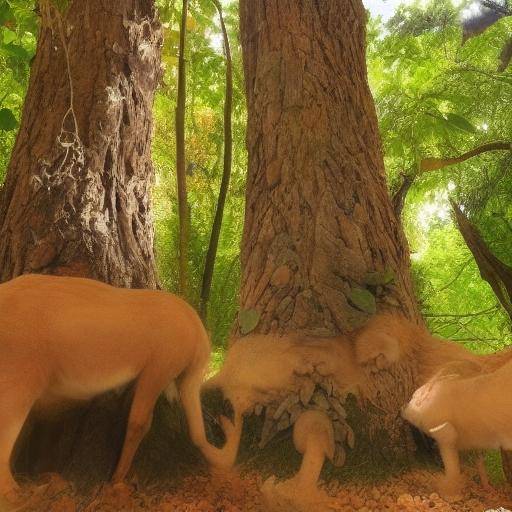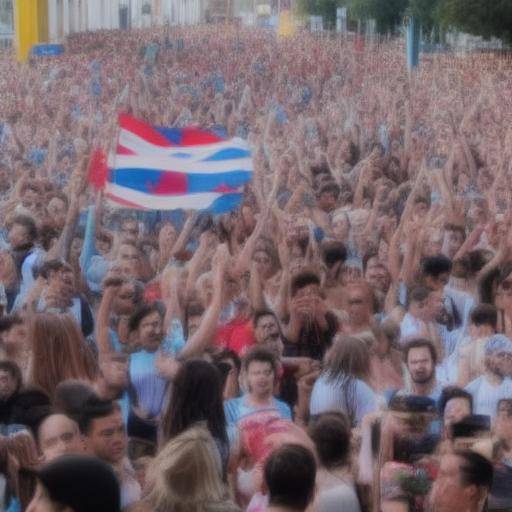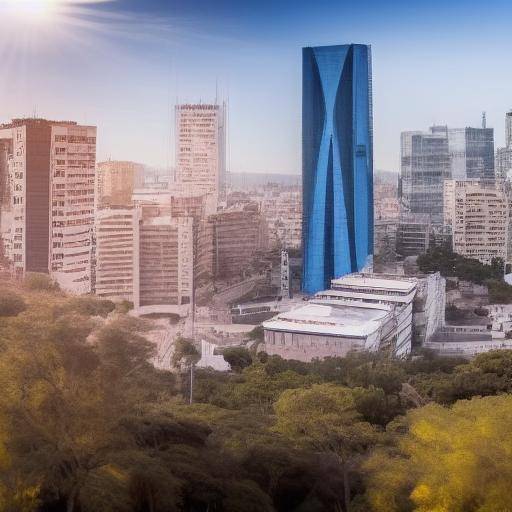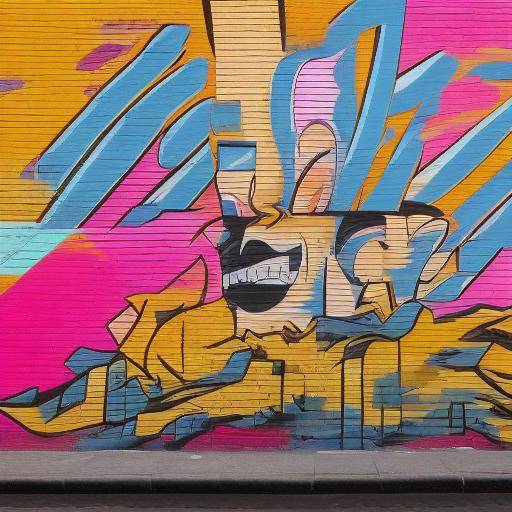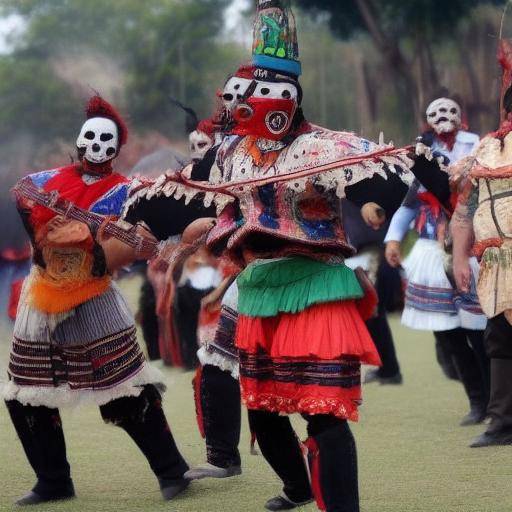
The masks have been an integral part of South American culture, playing a crucial role in folklore and cultural expressions of various indigenous peoples and communities. From sacred ceremonies to traditional festivals, the masks have been used to represent spiritual entities, gods, animals and mythological figures. This article will seek to explore the profound meaning and importance of masks in the rich and diverse culture of South America.
Introduction
The masks awaken our imagination and transport us to mythical and mysterious worlds. In South America, the use of masks implies a connection with nature, spirituality and cultural identity. Throughout this article, we will explore the history, symbolism and diversity of South American masks, as well as their meaning in the folklore and culture of the region.
History and Background
South American masks have a rich and fascinating history dating back to thousands of years. From pre-Columbian civilizations to the influences of European colonization, these masks have evolved in response to the political, social and cultural changes of the region.
Origins and Meaning
The use of masks in South America has deep roots in indigenous traditions, where they were used in ritual ceremonies, dances and festivals to represent concepts such as fertility, war, hunting and connection with the spiritual world. The masks were considered sacred and were believed to allow their carriers to communicate with the gods and ancestors.
Evolution and Adaptation
With the arrival of European colonizers, the traditions of South American masks were influenced and transformed. They merged with Christian elements and symbols, leading to new forms of cultural expression. However, many indigenous communities managed to preserve and transmit their ancestral practices, keeping alive the tradition of masks through generations.
Contemporary Importance
Today, South American masks not only preserve the history and identity of indigenous peoples, but have also become symbols of resistance, cultural pride and celebration in traditional festivals and events. Its meaning transcends borders, connecting communities with their ancestral heritage and fostering a greater understanding of South American cultural diversity.
Analysis in Deep
South American masks represent a unique and diverse cultural wealth, but they also pose challenges and debates in the contemporary context. We will then explore the current benefits, challenges and trends related to the use of masks in South American folklore and culture.
Cultural and Heritage Value
The use of masks in South American folklore is a way to preserve and promote the rich cultural diversity of the region. The masks are a living expression of the collective identity and cultural heritage of each community, transmitting knowledge, values and traditions to future generations.
Challenges and Preservation
Despite its cultural importance, South American mask-related practices face challenges such as the loss of traditional knowledge, cultural appropriation and the pressure of globalization. The preservation of these traditions is essential to ensuring their continuity and respect for the communities that practice them.
Contemporary Trends
At present, South American masks have gained greater visibility in artistic, cultural and commercial contexts. Artists and designers have incorporated elements of the masks into their works, contributing to their diffusion and reinterpretation in different contemporary contexts.
Comprehensive review
The application and meaning of South American masks, folklore and culture in contemporary society are themes of great interest and relevance. In this section, we will examine in detail the different applications, case studies and best practices related to the use of masks in South American culture.
Artistic manifestations
South American masks have influenced various artistic expressions, from performing arts to traditional crafts. His presence in festivals, dances and theatrical performances enhances the connection between art, cultural identity and the public, promoting the exchange of experiences and the appreciation of South American diversity.
Practices in Rituals and Ceremony
The use of masks in traditional ceremonies and rituals is an essential part of community life in South America. From rites of passage to religious celebrations, masks play a central role in the transmission of knowledge, social cohesion and interaction with the sacred, deepening the understanding of the connection between the human being and the transcendent.
Perspectives and Challenges
Different communities and experts have diverse views on the use of masks in South American culture. Some see masks as symbols of resistance and empowerment, while others raise concerns about cultural authenticity and respect for original traditions. The dialogue between these perspectives is essential to understanding the complexity of cultural practices in the region.
Comparative analysis
The understanding of South American masks in relation to folklore and culture implies a comparative analysis that highlights the similarities, differences and possible synergies between these elements. Then we will examine in detail these interrelations, enriching the understanding of the importance and impact of masks on the rich cultural diversity of South America.
Cultural convergence
Folklore and South American culture are intertwined with the use of masks in common patterns of representation, symbolic meaning and artistic expression. Through the observation and comparison of these manifestations, there is evidence of the presence of conductor threads that connect different cultural contexts and build bridges of understanding between different traditions.
Diversity in Expressions
Despite the convergences, South American masks also reveal the richness and cultural diversity of the region, reflecting the multiplicity of languages, cosmovisions and traditions present in different communities. This mosaicultural enriches the heritage of South America, enriching the understanding of the complexity of cultural practices in the region.
Synergy potential
The interaction between masks, folklore and South American culture offers a fertile ground for the development of creative expressions and cultural revitalization processes. The convergence of these elements can lead to new ways of preserving, promoting and strengthening the cultural diversity of South America, generating collaborative efforts that enrich the region's valuable cultural heritage.
Practical Tips and Recommendations
While South American masks have a profound cultural significance, their relevance transcends local borders, offering valuable lessons and lessons for understanding cultural diversity and strengthening immaterial heritage. Here we present practical advice and recommendations that allow us to appreciate and respect the grandeur of the masks in the South American context.
- Emotions and Meanings: Explore the symbolic wealth of South American masks, recognizing their ability to represent emotions, divine entities and the connection with nature.
- Community Participation: It promotes appreciation and respect for the cultural expressions of South America, promoting respectful interaction with communities carrying these ancestral traditions and fostering the constructive exchange of knowledge.
- Heritage Protection: It contributes to the active preservation of traditions related to South American masks, supporting community and government initiatives that safeguard their authenticity and continuity.
Industry Perspectives and Expert Reviews
South American masks, folklore and culture have awakened the interest of experts and professionals who seek to understand and enrich the understanding of these cultural manifestations. Then we present the perspectives and opinions of leaders and specialists who provide valuable knowledge about the relevance and projections of masks in the South American context.
- Anthropological Experts: Anthropologists and ethnologists provide detailed analysis of the sociocultural meaning of masks in South America, highlighting their role in the configuration of collective identities and the transmission of cultural legacy.
- Artists and Craftsmen: Creators and artisans share their vision of the reinterpretation and artistic creation of masks, exploring how these cultural manifestations inspire creative processes and contemporary expressions.
- Community Leaders: Featured members of indigenous and traditional communities share their experience and views on the value and meaning of masks in the preservation of their cultural identities, highlighting the importance of their recognition and respect.
Case Studies and Practical Applications
Case studies and practical applications make it possible to understand specifically the influence and impact of South American masks in various fields and contexts. Through real examples, the relevance and transformative potential of these cultural manifestations are evident in contemporary society.
- Carnival de Oruro, Bolivia: The Carnival de Oruro represents a prominent manifestation of Bolivia's cultural wealth, where masks play a central role in the celebration of religious rituals and artistic expressions.
- Traditional craftsmanship: The art of crafting traditional masks is a living practice in many South American communities, which demonstrate with mastery the craft skills and symbolic value of these cultural manifestations.
- Theatral Expressions: Contemporary theater in South America has integrated elements and symbolologies of masks in their representations, enriching the scenic narratives and promoting intercultural dialogue through artistic creation.
Future Trends and Predictions
The horizon of South American masks, folklore and culture opens the way for future trends and evolutions. Based on current studies and projections, possible scenarios that influence the assessment and understanding of these cultural manifestations in the South American context are visible.
- Innovation in Visual Arts: The integration of masks into contemporary art practices promises new forms of expression and creation, enriching aesthetic appreciation and cultural exchange at the global level.
- Resurgence of Traditional Practices: The realignment of values and the search for cultural roots drive the rediscovery and revitalization of practices related to masks in South America, generating renewed interest and appreciation for these ancestral manifestations.
- International recognition: The projection and valorization of South American masks on international platforms contributes to its recognition as the cultural heritage of humanity, expanding its scope and relevance at the global level.
Conclusions and FAQs
In conclusion, the South American masks have a profound significance in the folklore and culture of the region, manifesting a unique connection with the past, present and future of its various peoples. Its relevance transcends borders, offering valuable learnings about cultural diversity and the dynamism of the artistic and spiritual expressions of South America.
Here are some frequent questions related to the use of masks in South American folklore and culture:
What is the origin of the South American masks?
South American masks have their roots in pre-Columbian indigenous traditions, where they were used in ritual ceremonies, dances and festivals to represent concepts such as fertility, war, hunting and connection with the spiritual world.
What do the masks have in South American culture?
The masks in South American culture have a profound cultural significance, representing spiritual entities, gods, animals and mythological figures. They are also considered sacred and believed to allow their carriers to communicate with the gods and ancestors.
How are masks used today?
South American masks are used in traditional ceremonies and rituals, as well as in contemporary artistic expressions, cultural festivals and theatrical representations, demonstrating their relevance and continuity in contemporary society.
What challenges do South American mask-related practices face?
South American mask practices face challenges such as the loss of traditional knowledge, cultural appropriation and the pressure of globalization. The preservation of these traditions is essential to ensuring their continuity and respect for the communities that practice them.
How can we support the preservation of the traditions of South American masks?
We can support the preservation of the traditions of the South American masks by participating in community and government initiatives that safeguard their authenticity and continuity, as well as promoting appreciation and respect for the cultural expressions of South America.
What future trends are glimpsed for South American masks?
For the future, an innovation is expected in the visual arts, the resurgence of traditional practices and a greater international recognition of South American masks, which promises to expand their scope and relevance globally.
In short, South American masks represent an invaluable cultural legacy that transcends time and space, offering a unique window to the rich cultural and spiritual diversity of South America. Its continued presence in artistic expressions, rituals and festivals demonstrates its lasting importance in contemporary society, enriching the cultural and spiritual fabric of the region.
With this extensive and detailed exploration, the reader gains a deep understanding of the use of masks in South American folklore and culture, from its historical origins to its contemporary relevance. This article offers an integral and enriching look that invites you to explore, value and preserve the rich cultural traditions of South America.

